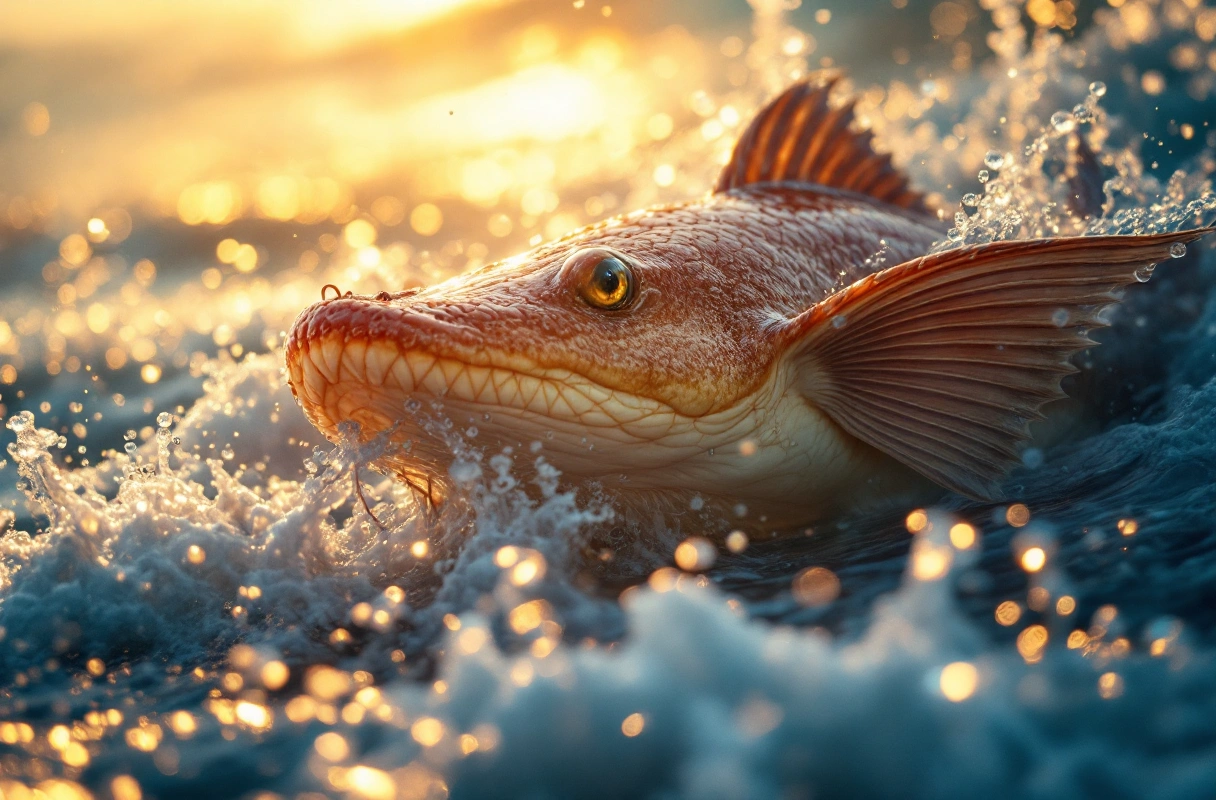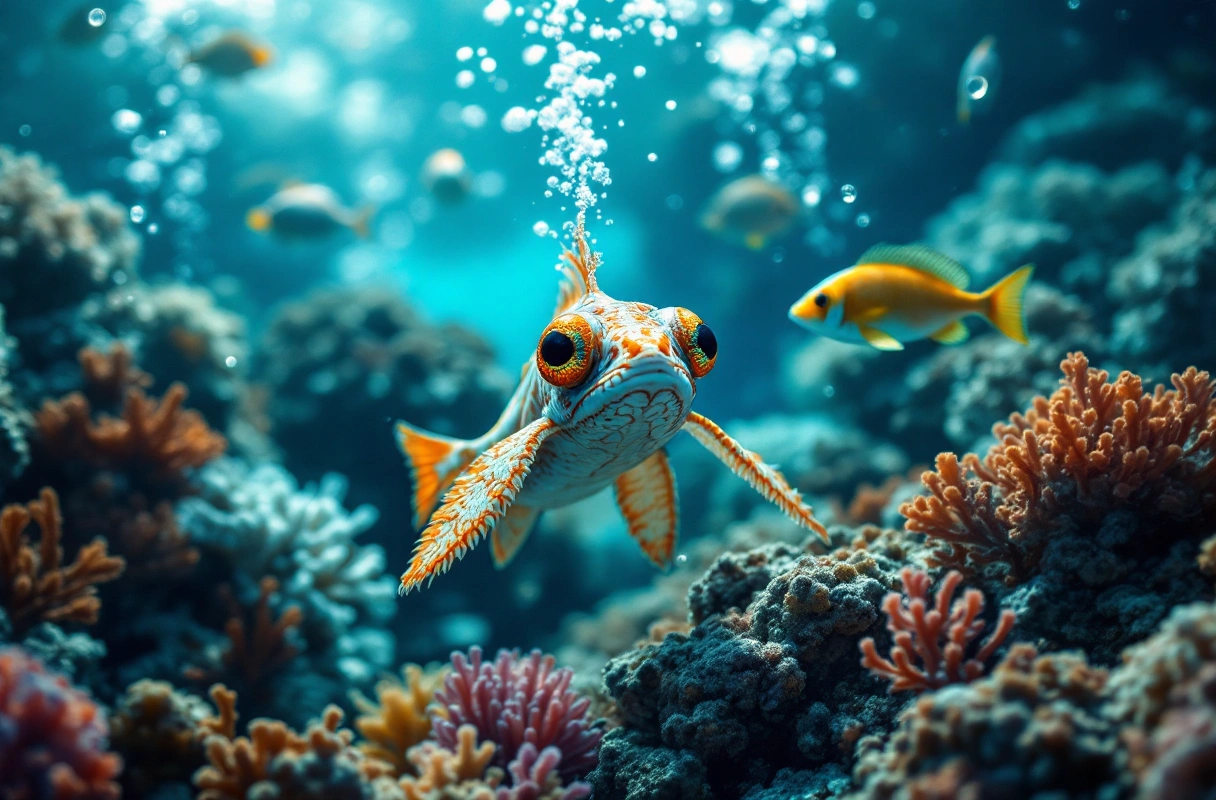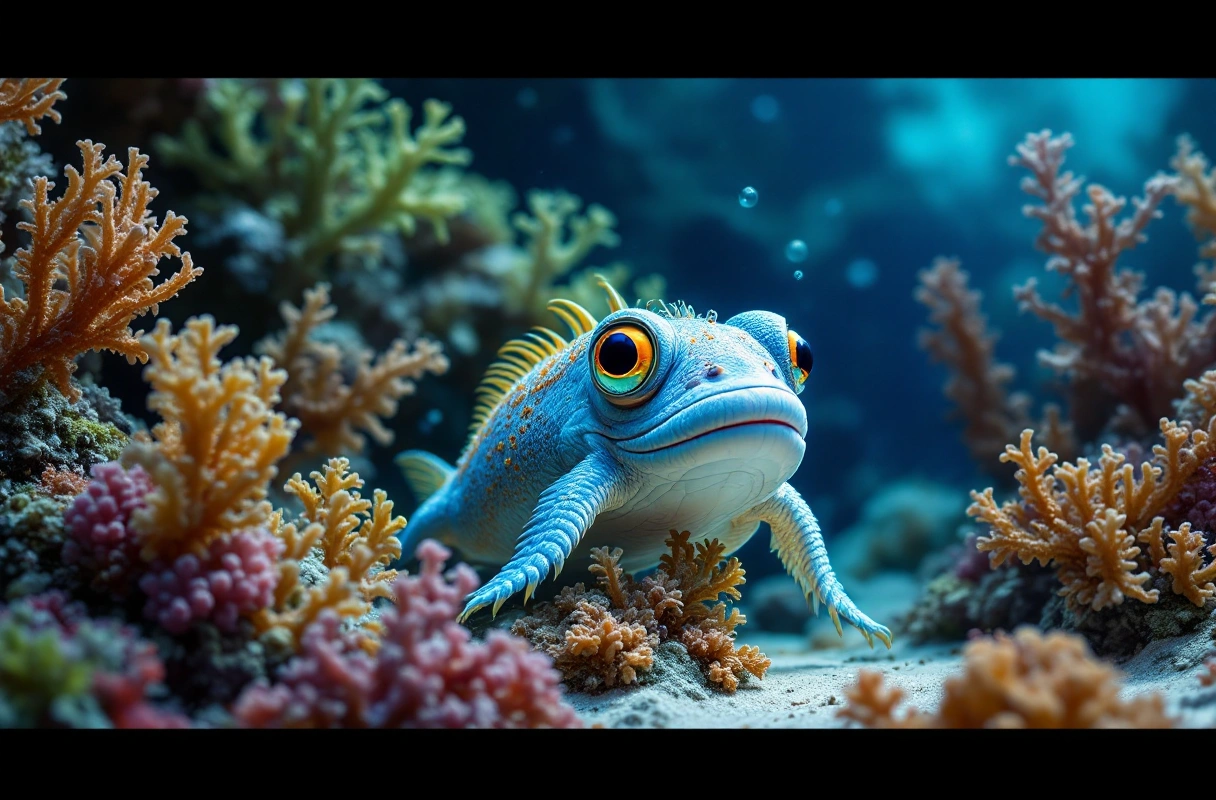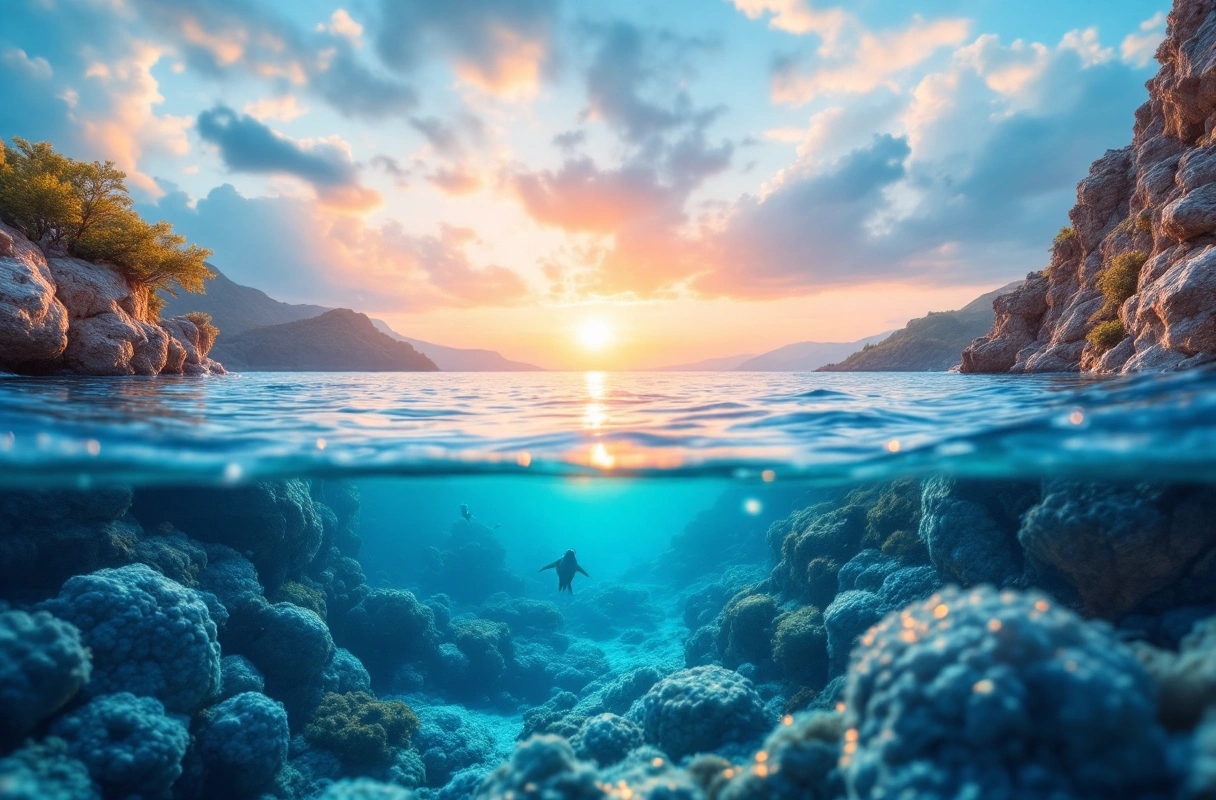
The vast oceans are home to an astounding array of life forms known as sea creatures. From the majestic blue whale to the tiny, colorful sea slugs, these organisms play crucial roles in our planet's ecosystems. Understanding and identifying these fascinating beings can ignite a sense of wonder and appreciation for marine biology. In this beginner's guide, we will explore various sea creatures, how to identify them, and delve into the ways they adapt to their environments.

Sea creatures encompass a wide variety of organisms that inhabit our oceans, seas, and other bodies of saltwater. These creatures can be classified into several categories based on their biological characteristics and habitats.
Mammals: These include whales, dolphins, and seals. Mammals are warm-blooded, have lungs, and typically give live birth.
Fish: This group includes species such as sharks, salmon, and clownfish. Fish are cold-blooded, have gills for breathing, and lay eggs.
Invertebrates: This diverse group consists of jellyfish, octopuses, and sea urchins. Invertebrates lack a backbone and can exhibit unique adaptations for survival.
Coral and Sea Plants: While not animals, corals and various marine plants, such as kelp and seagrass, are integral to marine ecosystems. They provide habitat and food for numerous sea creatures.
Identifying sea creatures can be a rewarding experience, whether you're diving, snorkeling, or simply exploring tidal pools. Here are some practical tips to help you get started:
Observe Colors and Patterns: Many sea creatures exhibit vibrant colors and distinct patterns that can aid in identification. For example, the bright orange and white of a clownfish is a telltale sign.
Examine Body Shapes: The shape of a creature can provide clues. Flat bodies, like those of flounders, help them blend in with the ocean floor, while streamlined shapes, like those of dolphins, are suited for fast swimming.
Note Behavior: Understanding a creature's behavior can be key to identifying it. Some fish are known to swim in schools, while others, like solitary stingrays, prefer to stay hidden.

The ability of sea creatures to adapt to their environments is a fascinating aspect of marine biology. Adaptations can be structural, behavioral, or physiological, allowing these organisms to thrive in diverse marine habitats.
Structural adaptations refer to physical features that enhance a creature's ability to survive. For instance:
Camouflage: Many sea creatures, such as the cuttlefish and octopus, can change their color and texture to blend into their surroundings, evading predators and sneaking up on prey.
Specialized Appendages: The long, slender bodies of eels allow them to navigate through narrow crevices in coral reefs, while the flat bodies of rays enable them to glide effortlessly over the ocean floor.
Behavioral adaptations are actions that organisms take to survive. Examples include:
Migration: Many species, like sea turtles and certain fish, migrate long distances to find food or breeding grounds. This behavior is often linked to seasonal changes in water temperature and food availability.
Feeding Strategies: Sea creatures have developed unique feeding strategies tailored to their environment. For instance, filter feeders like baleen whales consume vast amounts of tiny organisms by taking in water and filtering out their food.
Physiological adaptations involve internal processes that enhance survival. Notable examples include:
Osmoregulation: Marine creatures must maintain a balance of salt and water in their bodies. Many fish have specialized cells in their gills to excrete excess salt, allowing them to thrive in salty environments.
Temperature Regulation: Some sea mammals, such as seals and whales, have thick layers of blubber that insulate them against the cold temperatures of the ocean, enabling them to maintain their body heat.

While exploring the world of sea creatures, it is essential to address some common misconceptions that may lead to misunderstandings about these fascinating organisms.
While most fish are indeed cold-blooded, some species, such as tuna and sharks, exhibit regional endothermy, allowing them to regulate their body temperature in certain areas. This adaptation gives them an advantage when hunting in colder waters.
Not all jellyfish are harmful to humans. While some species possess potent stings, many jellyfish are harmless and play a vital role in marine ecosystems as both predators and prey. It is essential to approach jellyfish with caution but not to generalize their dangers.
Research has shown that many sea creatures, including fish and cephalopods, possess nervous systems capable of processing pain. Understanding this can help foster a deeper respect for marine life and the importance of conservation efforts.
Engaging with sea creatures in their natural habitats can be an exhilarating experience. Here are some practical tips to enhance your observation:
Use Proper Gear: If you're snorkeling or diving, ensure you have the right equipment, such as a wetsuit, mask, and fins, to maximize your comfort and safety.
Respect Wildlife: Maintain a respectful distance from sea creatures to avoid disturbing their natural behaviors. This approach not only protects the animals but also allows for more authentic observations.
Keep a Field Guide: Carry a field guide or use a marine identification app to help identify various species you encounter. This can enrich your experience and provide valuable knowledge.
Join Local Expeditions: Participating in guided tours or local marine biology classes can offer insights from experts and enhance your understanding of marine ecosystems.
Document Your Findings: Take notes or photographs of the sea creatures you observe. This practice can help you remember details and contribute to citizen science initiatives that track marine life.
Sea creatures play a crucial role in maintaining the health of marine ecosystems. Their interactions with one another and their environment create a complex web of life.
Certain sea creatures, known as keystone species, have a disproportionately large impact on their ecosystems. For example, sea otters help control sea urchin populations, which in turn allows kelp forests to thrive. The loss of a keystone species can lead to significant changes in the ecosystem's structure and health.
The diversity of sea creatures contributes to the resilience of marine ecosystems. A wide range of species can better withstand environmental changes, such as climate shifts and pollution. Protecting this biodiversity is essential for the overall health of our oceans.
Human activities, such as overfishing, pollution, and habitat destruction, threaten marine life and ecosystems. Understanding the importance of sea creatures and their habitats is crucial for conservation efforts.
Sustainable Practices: Engaging in sustainable fishing practices and reducing plastic use can help mitigate negative impacts on marine environments.
Marine Protected Areas: Supporting the establishment of marine protected areas can help safeguard critical habitats and ensure the survival of vulnerable species.
As a nature enthusiast or a student eager to learn more about the world, diving into the study of sea creatures can be incredibly rewarding. The Banana Slug Club is dedicated to fostering curiosity about the natural world, including the enchanting realm of marine life.
The insights gained from understanding sea creatures not only enhance our appreciation for biodiversity but also equip us with the knowledge needed to advocate for conservation and sustainable practices. Whether you are exploring tidal pools, snorkeling in coral reefs, or simply observing marine life documentaries, there is always more to learn.
For those excited about delving deeper into marine biology and the wonders of sea creatures, the Banana Slug Club offers resources, activities, and educational content designed to inspire and inform. Nature enthusiasts, students, and kids can discover more about the interconnectedness of life on Earth and how they can contribute to preserving it.
Visit our website to explore engaging materials and connect with fellow nature lovers. Together, we can nurture a deeper understanding of sea creatures and the ecosystems they inhabit. Whether you're a budding marine biologist or just curious about the ocean, the journey of discovery awaits!
Get free resources, early access to new features and updates.
No spam. Just fun educational emails!